Discover common backlink errors that harm rankings and learn how to avoid them. Protect your SEO and build a healthy, effective link profile for higher visibility.
Disclosure: This post may contain affiliate links. This means that if you click on a link and make a purchase, I may earn a small commission at no extra cost to you. I only recommend products and services I truly believe will add value to you.
Building backlinks is a strategy that can make or break your affiliate marketing site. A handful of great backlinks can boost your rankings, but using outdated tactics or grabbing the wrong links can slow things down or even trigger search engine penalties. Knowing which traps to dodge and how to build strong links truly helps keep your affiliate site earning and growing for the long haul.

Why Backlinks Matter for Affiliate Marketing SEO
Backlinks work like recommendations for your affiliate site. When another website links to you, it signals to search engines that your content has value. This boosts your chances of ranking higher, drawing in more eyes for your affiliate offers. But remember, the quality of your backlinks is much more important than the sheer number. Filling your site with random links, trading links, or using automated link generators was popular a decade ago, but now it can easily backfire.
Affiliate marketers face unique hurdles: it’s tempting to cut corners to get quick results, and there’s a ton of advice out there that’s outdated. Search engines, especially Google, keep updating their algorithms to deal with link schemes and unnatural patterns. Keeping your approach honest and smart helps your efforts pay off in both conversions and long-term rankings.
Common Backlink Mistakes That Can Hurt Your Rankings
If you’re starting out with backlink building for your affiliate site or rethinking your current strategy, steering clear of common mistakes can make a huge difference. Here are some issues that often pop up for affiliate marketers:
- Buying Backlinks or Using “Guaranteed” Link Packages: These usually leave a clear footprint that search engines can spot. You might see a sudden ranking bump, but penalties often follow down the road.
- Over-Optimized Anchor Text: Using your exact keyword or “money phrase” as anchor text too many times is a red flag for search engines.
- Spamming Blog Comments or Forums: Lowquality and off-topic comment links look unnatural and bring no real value at all.
- Poor Relevance: Getting links from unrelated sites is a waste of effort; search engines may simply ignore these or even suspect you’re trying to cheat.
- Sitewide Footer or Sidebar Links: Bulk links crammed into footers or sidebars across different sites seem spammy and are an outdated trick.
- Ignoring “Toxic” Backlinks: Letting bad links point to your site can chip away at your authority, especially if they’re coming from sketchy or penalized domains.
- Focusing Only on Homepage Links: Building links only to your homepage while ignoring your important affiliate pages isn’t very efficient. Spreading links naturally across different pages matters much more.
How to Build Quality Backlinks for Affiliate Sites
Switching up your tactics can help you avoid penalties and get real benefits from your links over the long term. Here are practical approaches that work well for affiliates:
- Guest Posting: Connect with websites in your niche and pitch genuinely helpful guest posts. This gives you exposure and a natural link back to your affiliate content. Always double check the site’s reputation first.
- Build Resource Pages: Put together indepth guides, tools, or product reviews that are actually useful. Niche bloggers and influencers will want to reference great, actionable content.
- Answer Questions on Forums or Q&A Sites: If you are genuinely helpful on Reddit, Quora, or other forums, people will eventually notice your content and may link naturally to your best guides.
- Create Linkable Assets: Develop infographics, industry studies, or free tools. These types of resources naturally gather organic links as they are shared or used as references.
- Nurture Relationships: Make connections with bloggers, influencers, and site owners in your niche. Even a simple social share or mention can turn into a valuable link or even future projects together.
- Monitor Your Backlinks: Put tools like Ahrefs or SEMrush to work so you know what’s linking to you. If you find anything fishy, use Google’s disavow tool or reach out to try getting the bad link removed.
Checklist Before Pursuing Any Backlink
Before you ask for a link or submit a guest post, use a quick mental checklist to avoid low-value or shady backlinks. Here’s what I always ask myself:
- Is the website relevant to my topic or niche? Search engines care about context and closely connected subjects.
- Does the site receive real and steady traffic? Tools like SimilarWeb or SEMrush will help you figure out if a site is actually used by people—or if it’s just a backend link factory.
- Does the page look clean and legit? Tricky layouts, way too many ads, or spammy appearances often mean the link won’t do you any favors and could cause harm.
- Are outbound links added by editors? If you see a flood of “sponsored,” gambling, or unrelated pharma links, it’s better to skip that opportunity.
- Would your link actually help the reader? Links just for the sake of linking—like dropping your homepage somewhere random—usually don’t stick or add any value long term.

Mixing Up Your Link Profile for Affiliate SEO
Putting all your eggs in one basket by relying on just one type of backlink is risky. Search engines want to see a natural balance with some nofollow, some dofollow, varied anchor text, and links from all sorts of sources. Here’s how I keep my backlink mix well rounded:
- Use Both Dofollow and Nofollow Links: Nofollow links don’t directly transfer ranking power, but they help make your link profile look real and often bring in referral visitors.
- Mix Up Your Anchor Text: Vary between branded terms, generic phrases (like “read more”), and natural mentions, not just keywords over and over.
- Get Links to Deep Pages: Your review pages and in-depth guides deserve as much attention as your homepage.
- Mix Content Types: Collect links from articles, long-form guides, resource pages, reviews, interviews, communities, and more.
- Local and Niche Directories: Respectable directories in your niche can add variety to your profile and bring in targeted traffic at the same time.
Affiliate Marketer Backlink Questions: Quick Answers
Here are a few common questions I often hear about backlinks from affiliates—with answers that cut through the noise:
Question: How many backlinks do I need for my affiliate site?
Answer: There isn’t a magic number. Focus on gaining several highquality, relevant links each month. As you do, your rankings will begin to rise over time—slow and steady pays off.
Question: Can I disavow bad backlinks myself?
Answer: Absolutely. Google’s Disavow Tool allows you to tell Google which links to ignore. Be cautious, though—use it only for links you’re certain are toxic, so you don’t accidentally block legitimate ones.
Question: Can guest posting hurt my affiliate site?
Answer: Genuine guest posting on quality, relevant sites is perfectly fine. It’s when you use guest post networks or pay for spammy links that problems arise. Stick to quality and relevance.
Question: Do backlinks matter if I’m active on social media too?
Answer: Social engagement can definitely give your content a boost and grow your brand. Still, backlinks from strong sites remain essential for SEO and longterm rankings, so don’t ignore them.
Extra Tips for Safe Link Building in Affiliate Marketing
It’s the thoughtful and honest approach to link building that truly pays off over the years. Relationship building, real outreach, and packing value into your content work far better than shortcuts. Here’s how I keep my backlink profile solid and effective:
- Audit Regularly: Set reminders to inspect your backlink profile every quarter or so to spot (and fix) any toxic or broken links.
- Stay Updated: Algorithym updates happen all the time. Sites like Search Engine Land and Moz offer the latest insights—worth checking for unexpected shakeups.
- Prioritize User Experience: The pages you want links to should be easy to use on mobile and packed with helpful information.
- Be Patient: Great backlinks and real SEO growth are slow burns. Consistency and patience really do win over dangerous or quick-fix tactics.
Maintaining a backlink profile that is clean, diverse, and truly relevant gives your affiliate SEO genuine staying power. By focusing on quality over shortcuts, you’ll build trust with search engines and visitors alike—letting your affiliate site grow securely without having to keep checking over your shoulder.
Read more:
How To Create Linkable Assets That Naturally Attract Backlinks
Using Social Media To Boost Your Backlink Profile Effectively
Analyzing Competitor Backlinks: A Step-by-Step Approach
The Difference Between DoFollow And NoFollow Links And Why It Matters
How To Use Broken Link Building To Gain High-Quality Backlinks
Top 10 Backlink Strategies Every SEO Expert Should Know
The Role Of Backlinks In Google’s Algorithm: What You Need To Know
Guest Posting Tips For Effective Backlink Acquisition
How To Avoid Common Backlink Mistakes That Hurt Your Rankings
The Ultimate Guide To Building Quality Backlinks

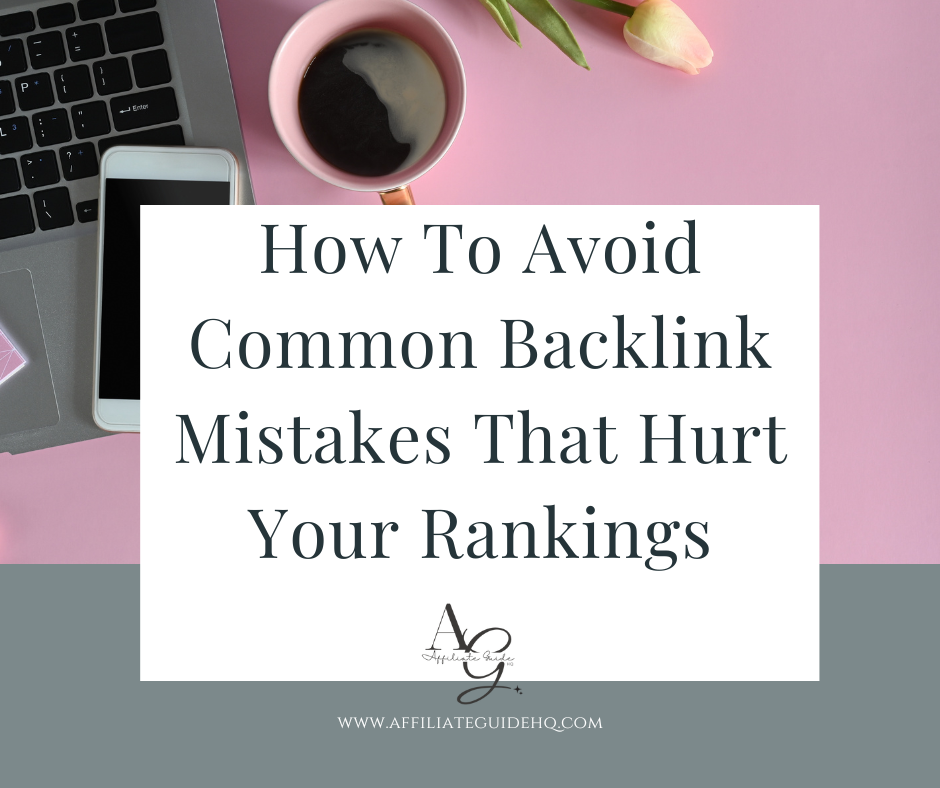
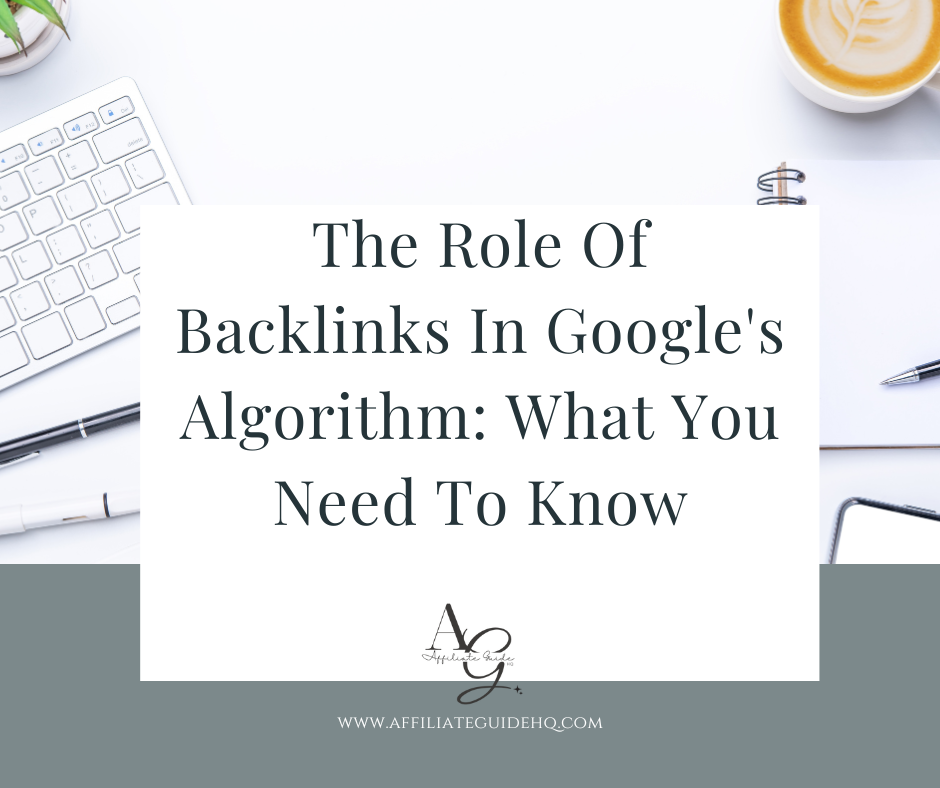
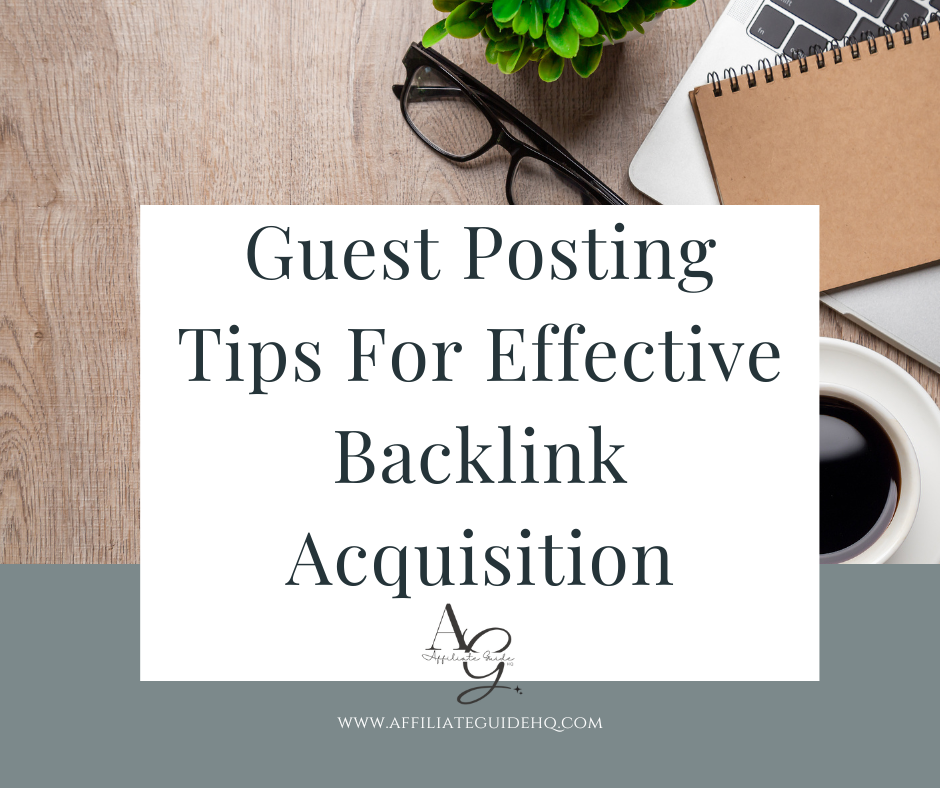
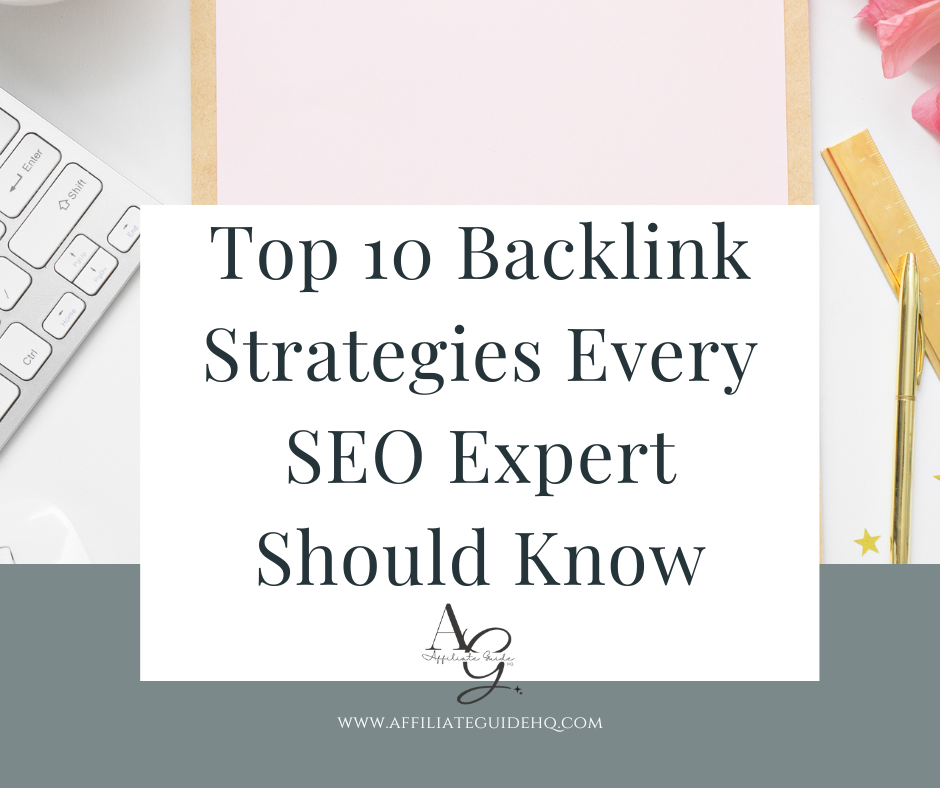
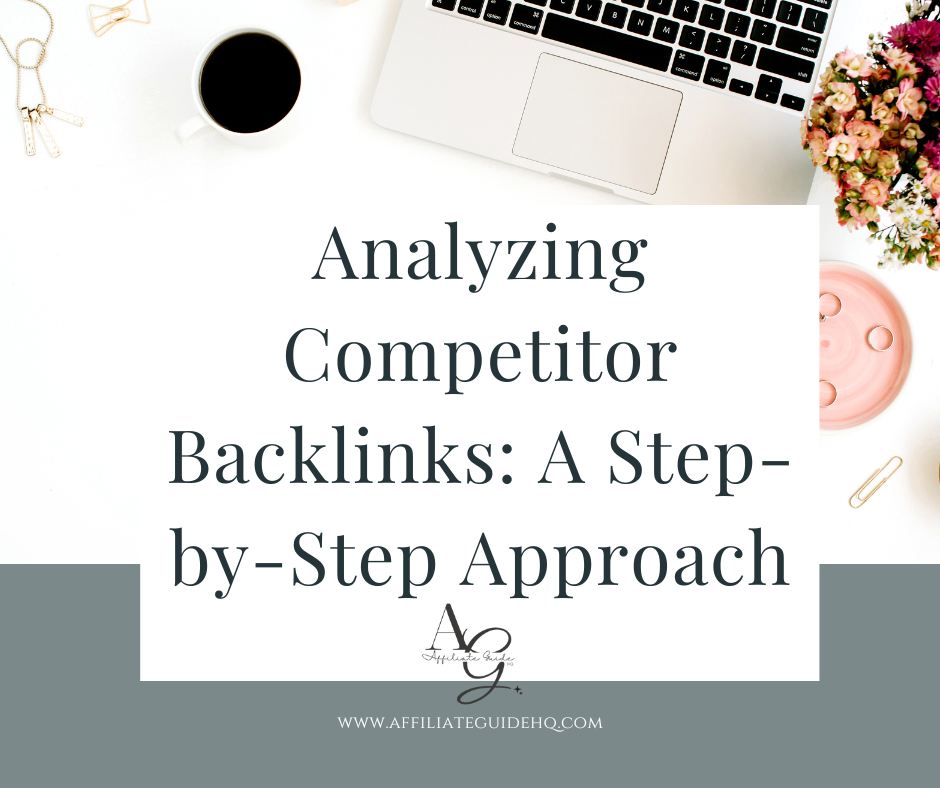
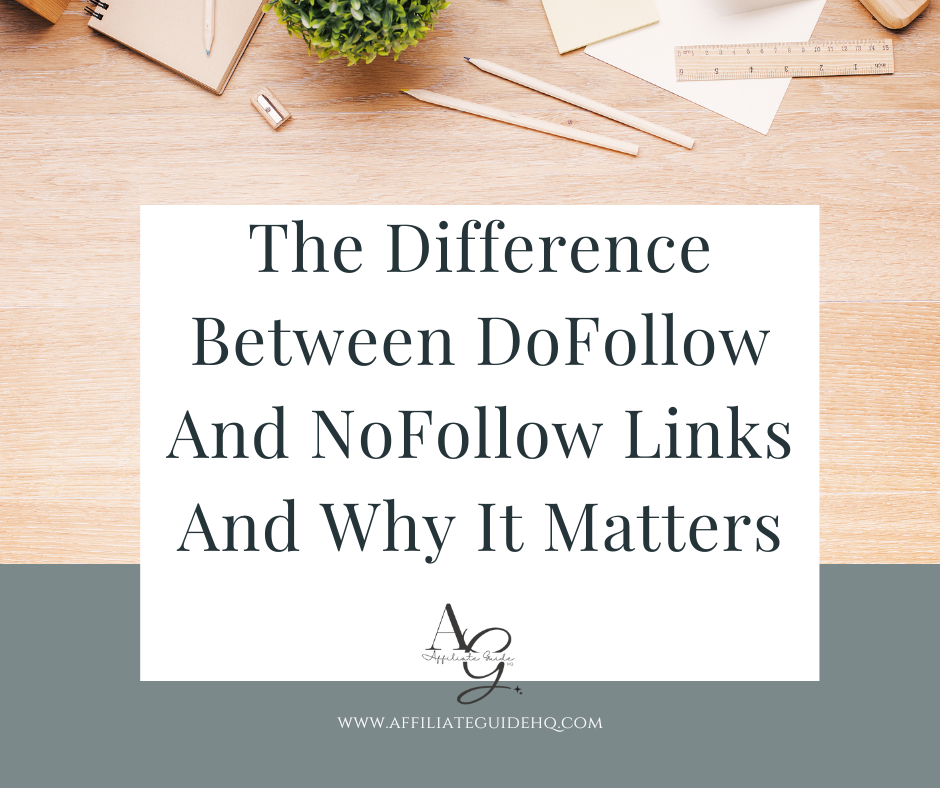
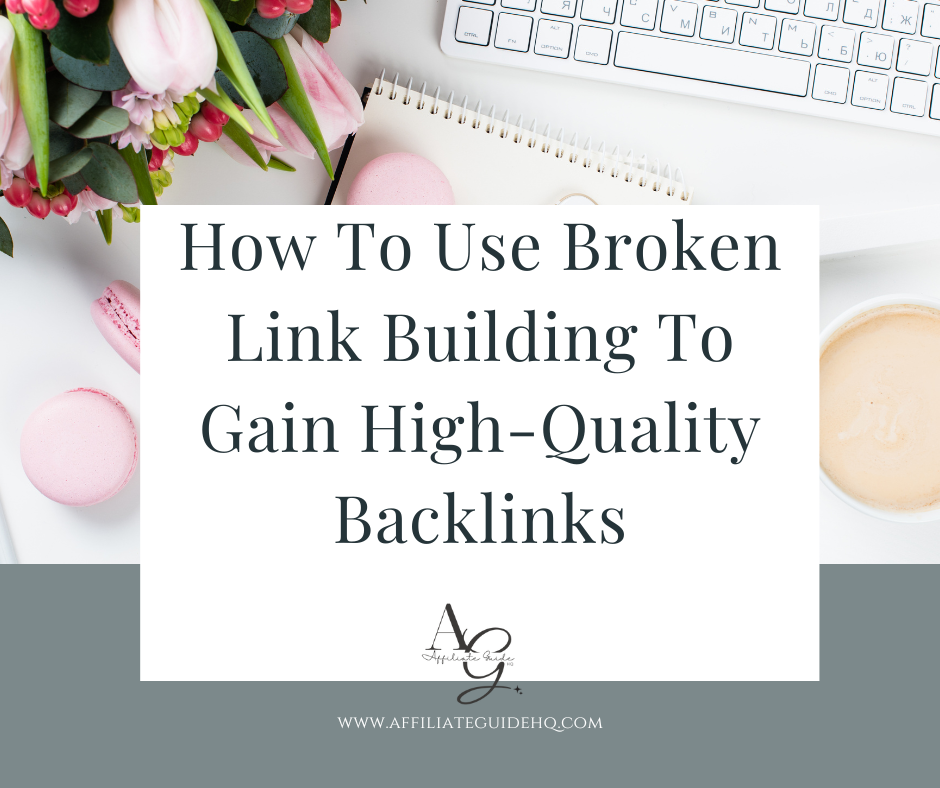
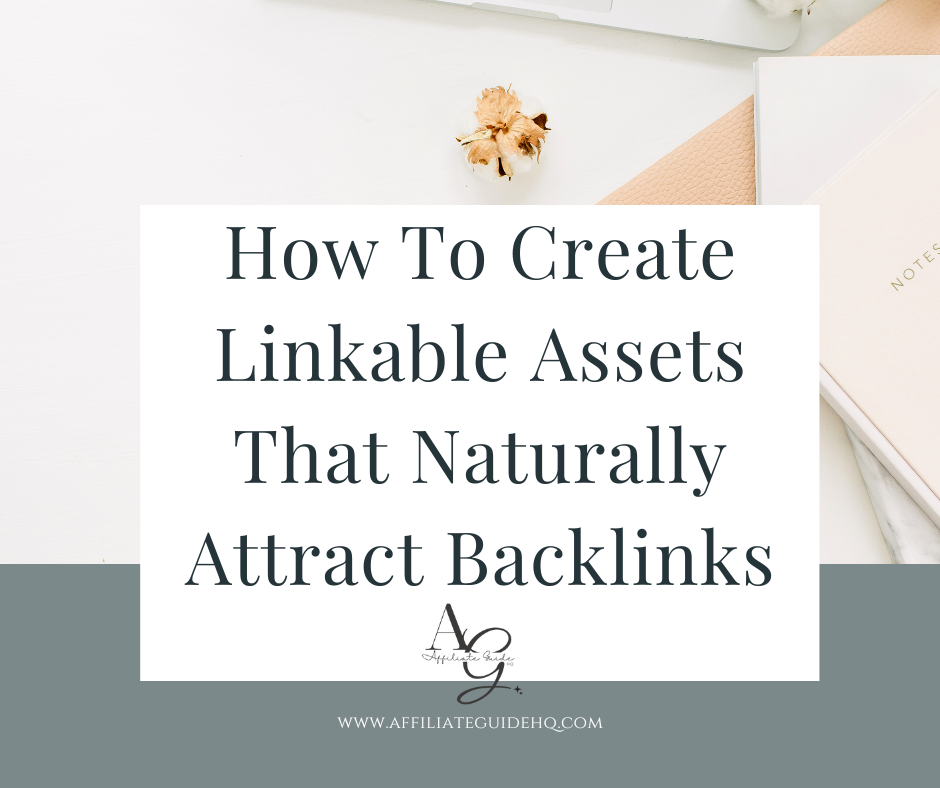
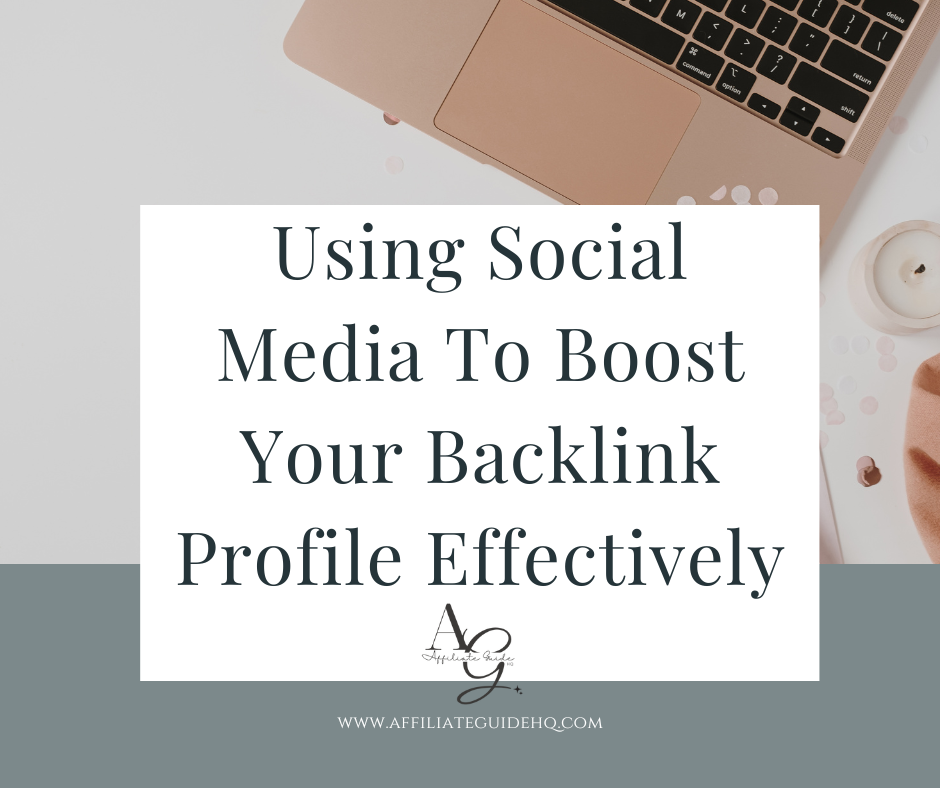
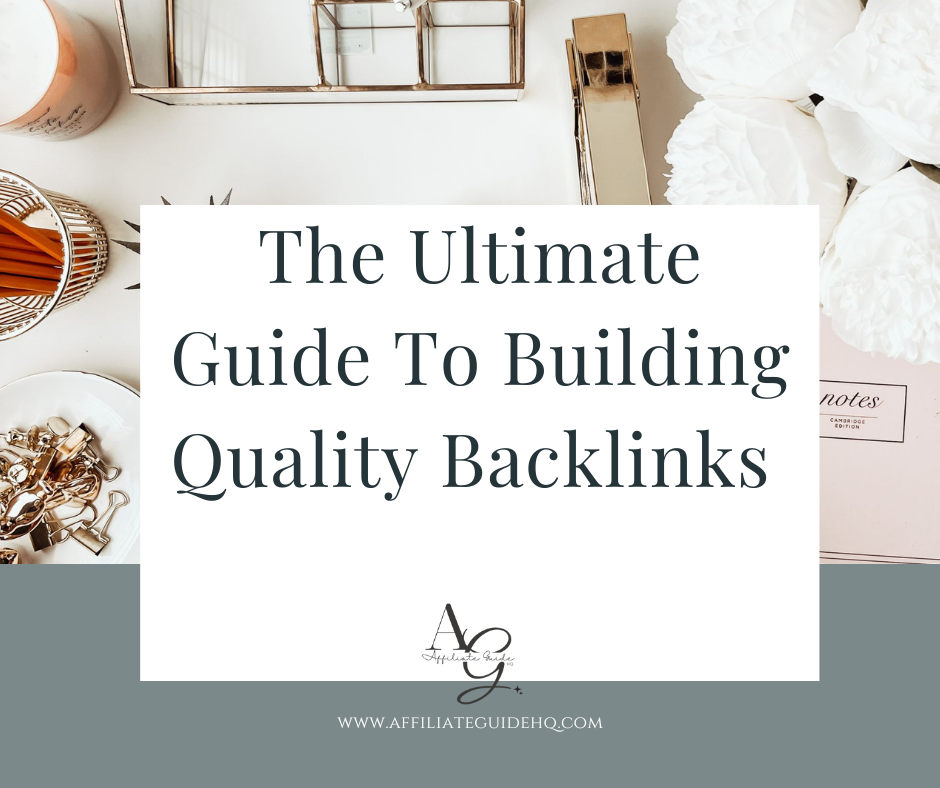
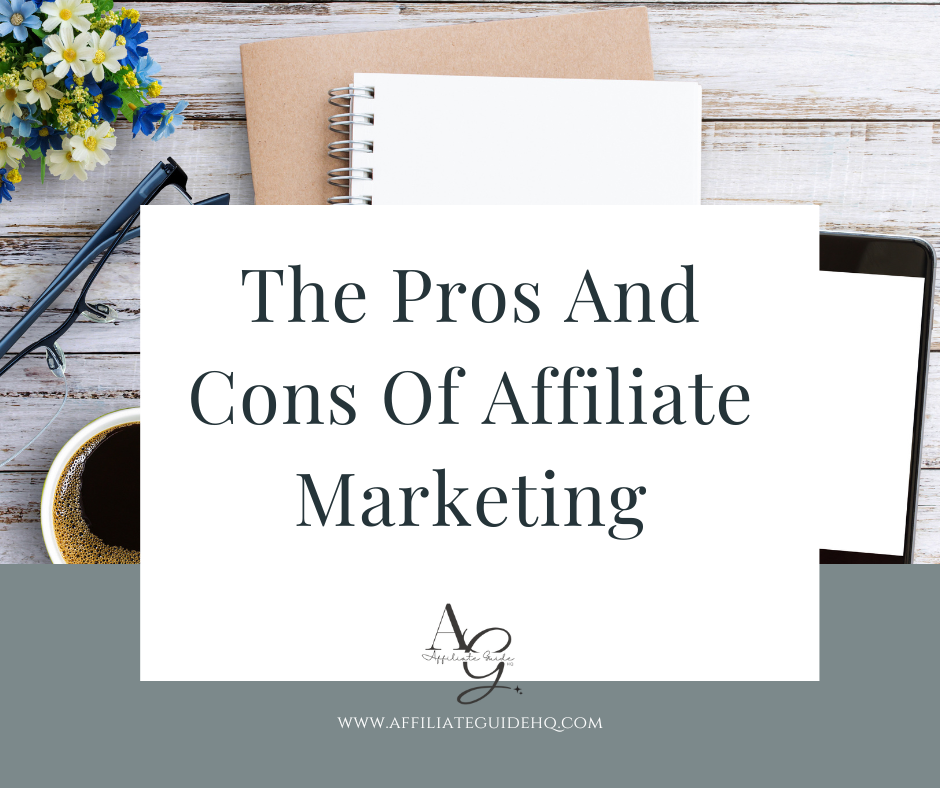
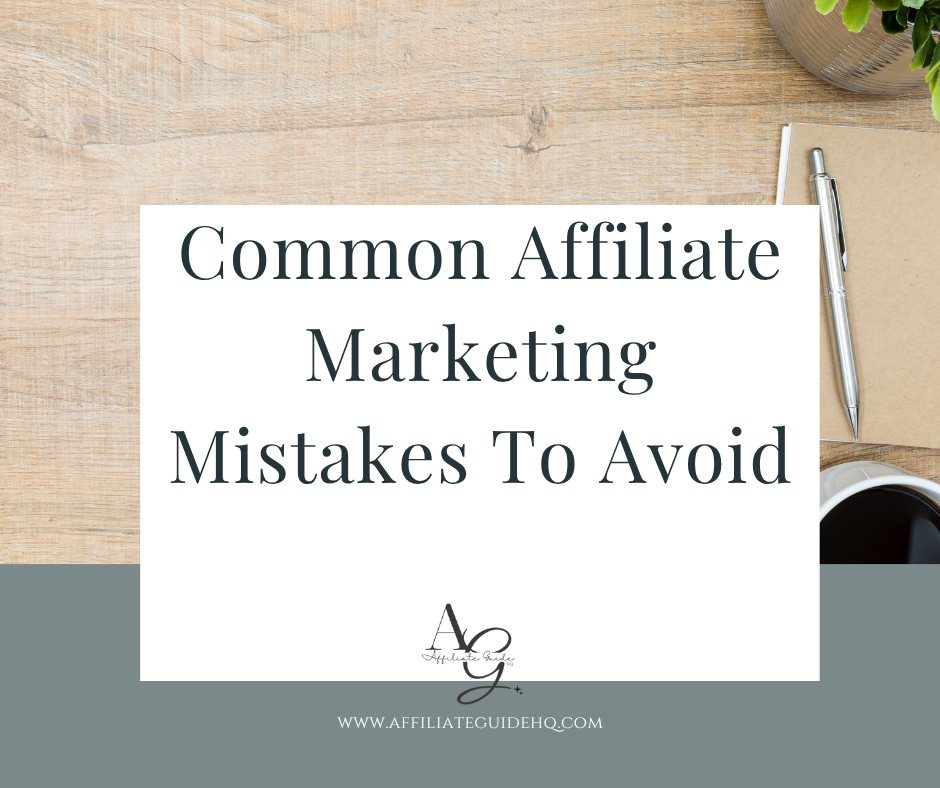

Leave a Reply